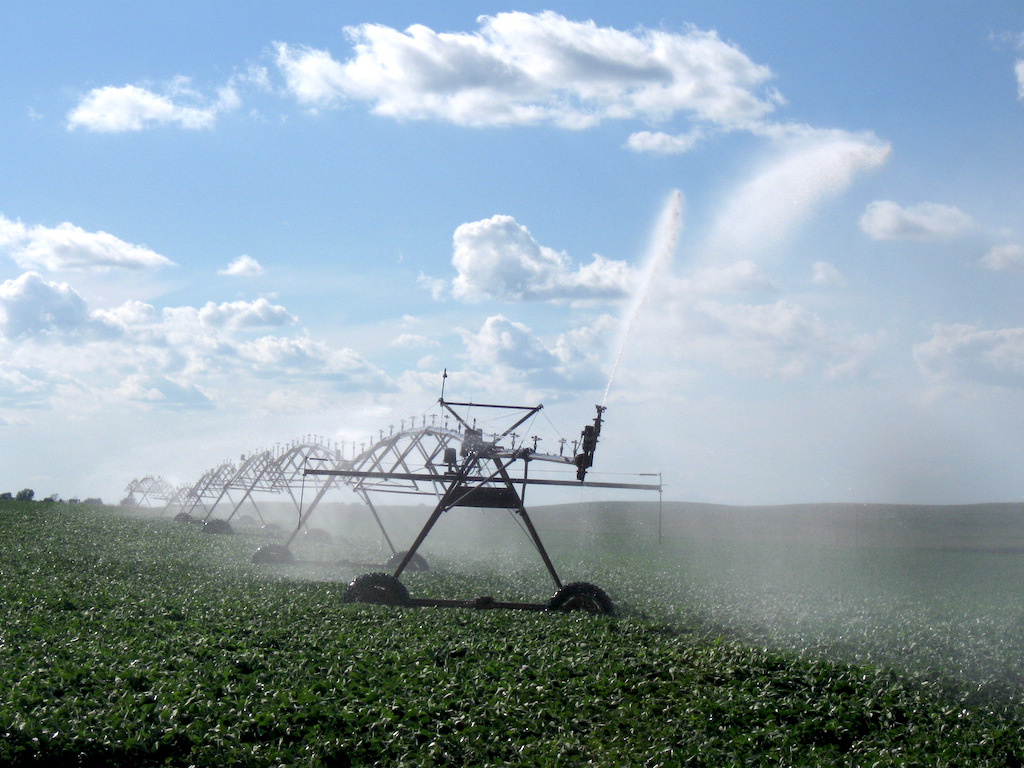Birth Defect Research
Nebraska birth defect rates by county in Nebraska

Rate of Birth Defects in Nebraska
In the United States birth defects occur in 3.3 percent of all live births. Nebraska exceeds the national average with birth defects occurring in 5.8 percent of all live births. The counties with higher birth defects also have more agrichemicals in the drinking water.
National rate: Birth defects affect about 3.3% of all live births
Nebraska rate 2005-2014: 5.8%
600-1200 reported birth defect cases per year
Cardiovascular (500+)
Central nervous system (100+)
Gastrointestinal (250+)
Genitourinary (550+)
Musculoskeletal (250+)
“Agrichemical Mixtures in Drinking Water and Health Outcomes in Nebraska” Research presented by Martha Rhoades, PhD – 2019 Nebraska Water Conference

Agricultural Compounds in Water and Birth Defects
The findings of several studies published since 2000 indicate that birth defects may be associated with with the mother’s exposure to some types of agricultural compounds such as nitrate, atrazine, and arsenic in the drinking water. In these studies women who gave birth to babies with neural tube defects, oral cleft defects, and limb deficiencies were more likely to be exposed to higher concentrations of nitrate in their drinking water. Higher concentrations of atrazine in drinking water have been associated with abdominal defects.
Brender JD, Weyer PJ. Agricultural Compounds in Water and Birth Defects. Curr Environ Health Rep. 2016 Jun;3(2):144-52. doi: 10.1007/s40572-016-0085-0. PMID: 27007730.

Drinking Water Nitrate and Human Health
Nitrate levels in our water have increased in many areas of the world. The regulatory limit for nitrate in public drinking water supplies was set to protect against infant methemoglobinemia, but other health effects were not considered. Risk of specific cancers and birth defects may be increased when nitrate is ingested under conditions that increase formation of N-nitroso compounds. In a set of analyzed studies the strongest evidence is for increased risk of colorectal cancer, thyroid disease, and neural tube birth defects. Some studies observed the increased risk below regulatory limits.
In regards to pregnancy outcomes elevated levels of nitrate in drinking water, sometimes below the maximum contaminant level, may increase the risk for spontaneous abortion, fetal deaths, prematurity, intrauterine growth retardation, low birth weight, congenital malformations, and neonatal deaths.
Ward, Mary H et al. “Drinking Water Nitrate and Human Health: An Updated Review.” International journal of environmental research and public health vol. 15,7 1557. 23 Jul. 2018, doi:10.3390/ijerph15071557
Effect of Nitrate and Atrazine on Chicken Embryo Development
When atrazine and nitrate are present in an acidic environment, such as the human stomach, they can form a nitrosamine called NNAT(N-nitrosoatrazine). Many nitrosamines are carcinogenic and cause birth defects in animals.
To test the effect of NNAT on embryo development fertilized chicken eggs were treated with various levels of NNAT. After 5 days of incubation, 90% of embryos were alive, 23% of which were malformed.
- Neural tube defect (8%) – occurs when neural tube fails to close
- Microphthalmia (11%) – abnormally small eye
- Craniofacial hypoplasia (11%) – tissue deficiency or agenesis (failure of organ to develop during embryo development)
- Heart defects (24%) – Ectopic heart displacement of heart outside thoracic cavity
- Gastroschisis (24%) – intestines and other organs develop outside abdomen
- Caudal regression (19%) – abnormal development of lower spine
Developmental abnormalities in chicken embryos exposed to N-nitrosoatrazine
Joshi N, Rhoades MG, Bennett GD, Wells SM, Mirvish SS, Breitbach MJ, Shea PJ.
Journal of Toxicology and Environmental Health, Part A. 2013: 76(17) 1015-1022.


On A Fact Finding Mission – Continuing Research
Birth Outcomes and Water
Water plays a major role in human health. The BOW study examines maternal exposure to drinking water contaminants and health of offspring. Sometimes contaminants occur as mixtures in drinking water supplies and after ingestion can form compounds that are more toxic than the single components.
UNL researcher Martha Rhoades is leading a pilot project to assess the feasibility of conducting a population-based study to evaluate relationships between adverse birth outcomes and maternal exposure to nitrate and nitrosatable agrichemicals in drinking water, with particular interest in the nitrosatable chemical, atrazine. The research team is recruiting Nebraska women who were pregnant in 2014 and 2015. The Birth Outcomes and Water project is funded with $149,964 from the NU Foundation and $19,600 from Daugherty Water for Food Global Institute. Rhoades said what they learn from this study will help them design a stronger large-scale study, and ultimately develop strategies to prevent birth defects.
More information at https://bow.unl.edu/
